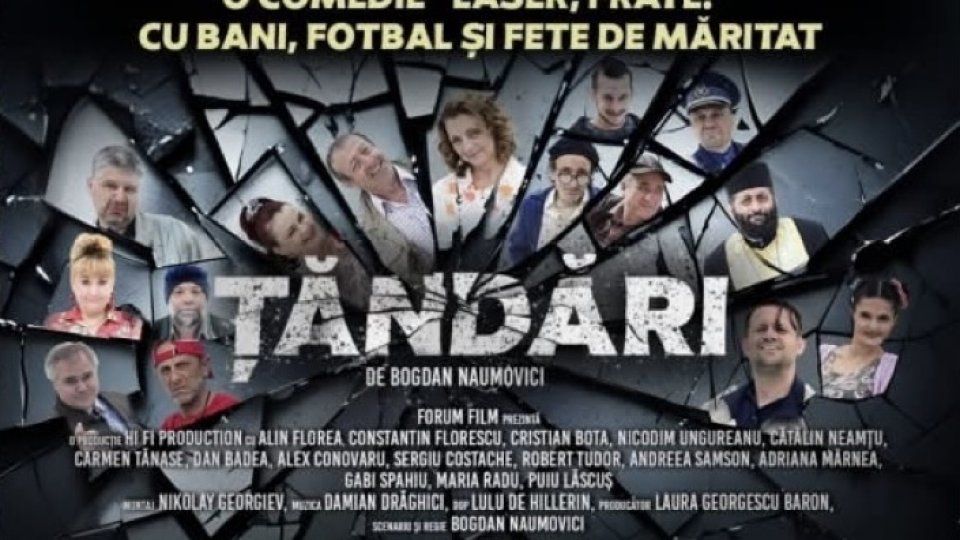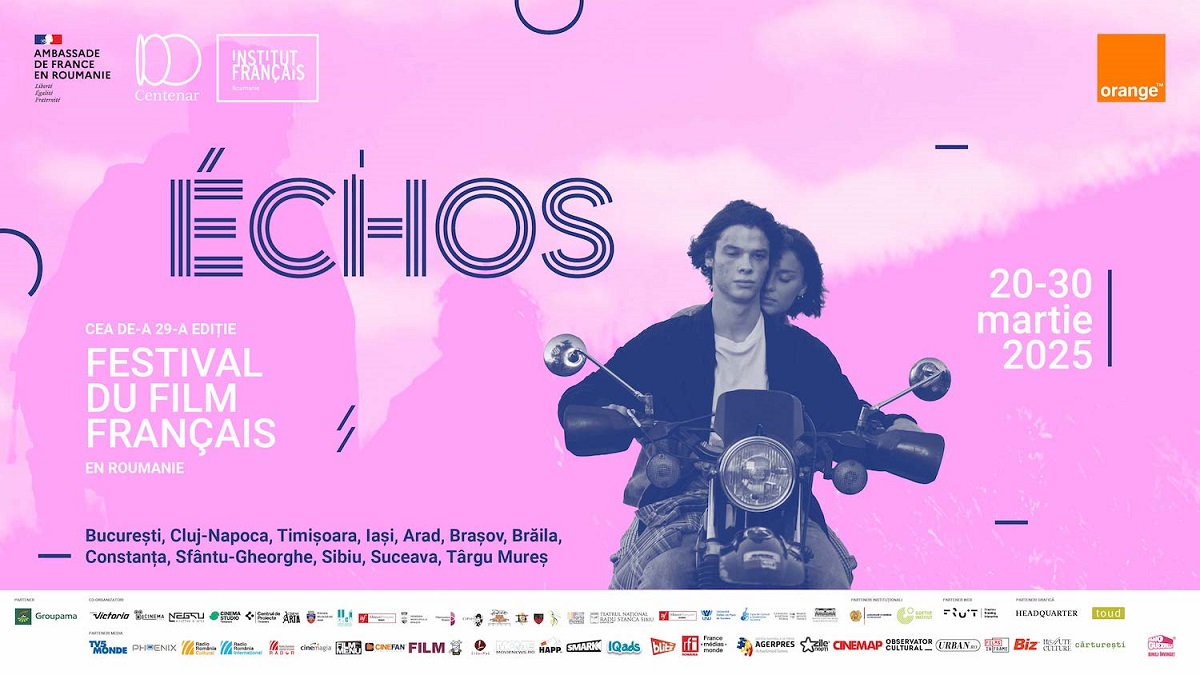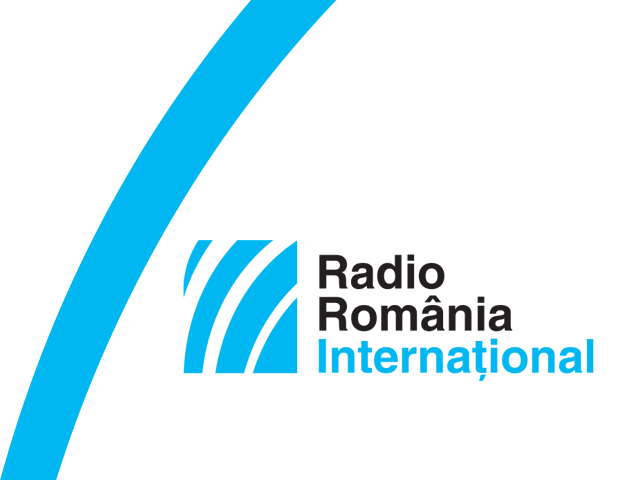The National Museum of Romanian Literature, revamped for the 21st century
The National Museum of Romanian Literature is the recipient of the European Prize 2021

Corina Sabău, 25.12.2021, 14:00
The
National Museum of Romanian Literature in 2021 has been the recipient of the
European Prize. As part of the on-line awarding ceremony for the European
Museum Academy Awards, the DASA Award went to two of the most relevant and
significant projects the Museum has carried in the last seven years: the main
exhibition in the Nicolae Cretulescu Street and the Anton Pann Memorial House exhibition.
We recall Anton Pann was a Romanian poet of the early 19th century.
Pann was also a composer of religious music, a folklore collector, a man of letters
and a regular contributor to various publications of his time. Here is the judging
panel’s motivation for the award: The permanent exhibition is impressive thanks
to its low-key yet minutely organized layout, rounding off the historical
building which is home to the exhibition. In its educational programs, the National
Museum of Romanian Literature has been audacious and utterly uncompromising,
acting as a vehicle for today’s social problems. At the core of its activity
lies interactive literature.
Indeed, in the organization of the museum’s main
exhibition, the curators and the museographers have first and foremost pursued
the interaction with the public, according to the literary genres (poetry on
the ground floor, prose, essays, literary history and criticism on the upper
floor, while the loft is home to playwrighting). The
museum has a heritage comprising more than 300,000 manuscripts, patrimony items and
old books which include incunabula that are more than 500 years old. Among such
items, there are manuscripts of works by Marcel Proust, Thomas Mann, Paul
Valéry, Giovanni Papini, Giuseppe Ungaretti and Mihai Eminescu. The National
Museum of Romanian Literature in recent years has been increasingly present on
the literary scene in Bucharest. Specifically, the museum has staged a wide
range of events, from academic symposia to jazz and poetry marathons. Accordingly,
the Museum’s team has developed public reading sessions, conferences, theme
exhibitions, creative workshops, events attended by a target audience. Also,
the museum has staged internationally-recognized events, such as the Bucharest
International Poetry Festival.
In 2021, the Museum was home to the 11th
edition of the Bucharest International Poetry Festival. As part of the event, public
poetry reading sessions were being offered to the audiences by Romania authors.
Joining them, through podcasts and video recordings were poets from England, Argentina,
Canada, Colombia, Ecuador, France, Germany, Greece, Italy, Mexico, Peru,
Republic of Moldova, Spain and the United States of America. Editor and writer
Ioan Cristescu has been the Director of the National Museum of Romanian Literature
since 2014. He told us that, among other things, his intention was to turn the
museum into a living space. Ioan Cristescu:
There is one thing literary history has taught us, namely a writer’s
presence in society should be a highly significant one. Writers are prominent members
of a community, yet they are no longer perceived like that by society, unfortunately.
And it is not about writers and the readers’ response to their work, it’s about
artists, broadly speaking, today artists are almost totally unknown even though
their work enjoys European, maybe world recognition. Unfortunately, we are no longer interested in getting acquainted
with the contemporary values. So it is for that particular reason that we sought
to open the museum for all generations and towards all forms of artistic
expression, with a view to creating a place, an environment where artists can manifest
themselves. And the fact that we succeeded to mount a creative museum, that only
enhanced our institution’s museum identity. The National Museum of
Romanian Literature is a museum where you can do a
lot more than merely looking at the exhibits, it is a living space. We have sought to
find our own identity through opening the museum to everybody and we did that because
people wanted a place like this, a place where they could express themselves.
It is a place where you’re sure to always find something new, where each and every
guest can put to good use their talent and erudition, qualities that seem to be
missing in our society, more and more. What we have been meaning to achieve and,
at that, I hope we have succeeded, is to contribute, through our activities, to
the lay public’s getting closer to writing, to reading, we want to encourage
reading, we want to contribute to the education of those who visit us.
The
National Museum of Romanian Literature also sought to maintain the connection
with the public during the pandemic, so they created a platform, Cultura in
direct, Live Culture, in English. The Director of the National Museum of
Romanian Literature, Ioan Cristescu:
We built this video platform, Live Culture, by means of which we dovetailed
the site of the museum and our activities. Our intention was to go online,
gradually, but also to move to television transmission. As you can see, most of
the debates in our society are not debates focusing on the problems we think are
important, or on cultural issues. We have been witnessing, oftentimes,
political debates, but we, the people of the National Museum of Romanian Literature,
are not interested in politics. What we’re interested in are debates of ideas,
the literary and interdisciplinary debates, as the writer and their literature
are also the outcome of what is going on in contemporary society, that is why
we have been trying to make the connection, to find connections between literature
and other disciplines.
(Translation by Eugen Nasta)





























